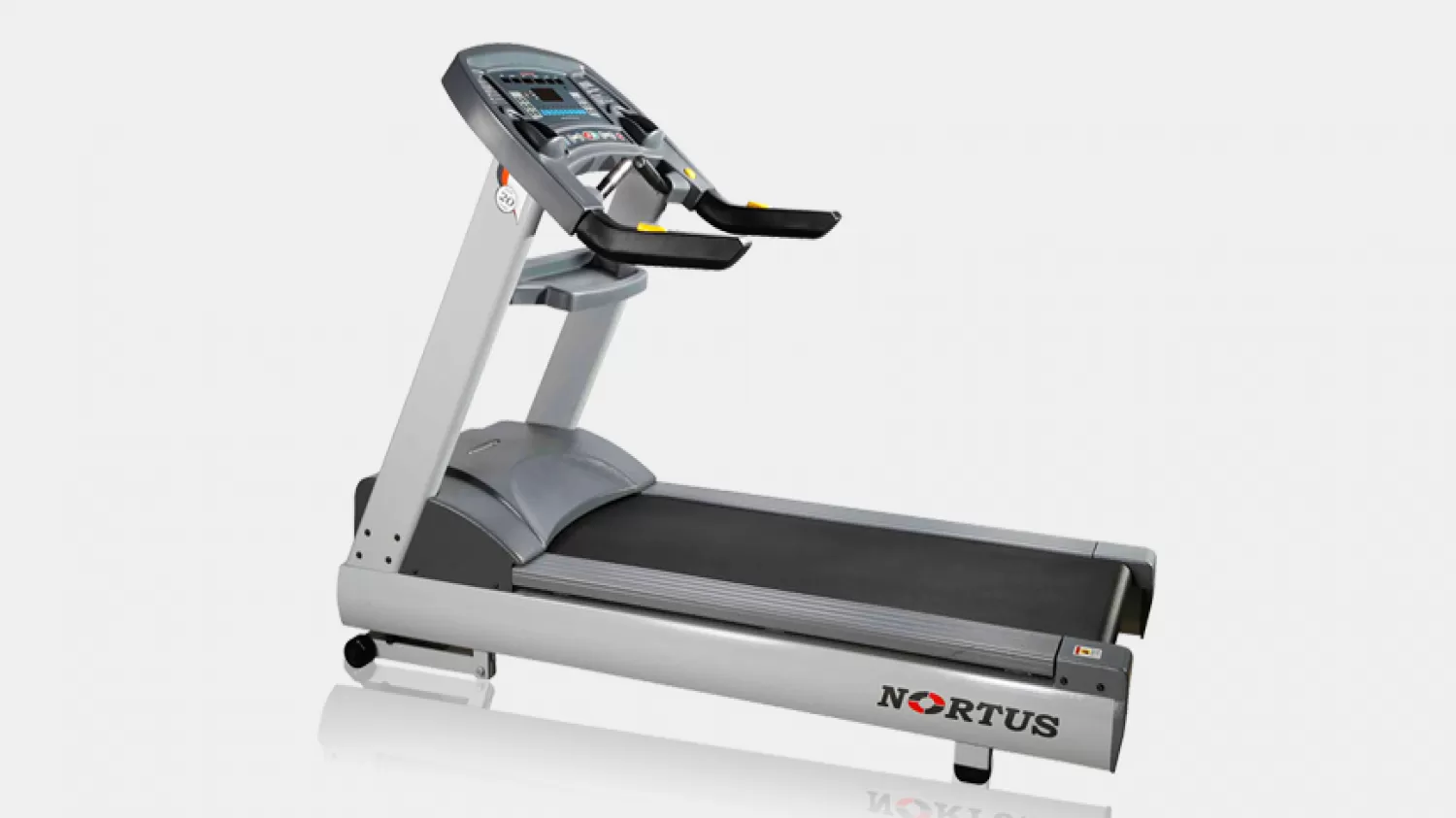Working out makes us feel good and allow us to live our best lives, so an injury that slows us down is the last thing we want to deal with. Following these simple yet important steps to avoid workout injuries can benefit everyone from experienced fitness buffs to newbies on their first exercise regimen with the help of gym equipment. These pointers can help anyone get more enjoyment out of their workouts and live life to the fullest.
Stop, take a break, and adjust form or technique if you experience sharp, shooting pains or movements that don't feel "right." For a reason, the old adage "no pain, no gain" has fallen out of favour: exercise should not be painful, either during or after workouts.
Demonstrate proper form and breathing techniques.
Teach students how to perform movements in a safe and effective manner.
Determine which exercises are appropriate for one's age and level of fitness.
A trainer can also recommend accessories that can help you avoid workout injuries, such as lifting gloves and wrist supports.
Warm Up Properly.
Warming up properly activates the cardiovascular system and increases blood flow to the muscles. Joints, muscles, and tendons are better able to handle sudden, explosive movements when the body is prepared for more strenuous exercises to come. Muscles that have been warmed up are put to work.Be Conscious of Your Body's Limitations.
Exercise should be challenging and cause sweating, but not to the point of exhaustion. Knowing how much is too much is crucial for staying safe during a workout, particularly for those who have a pre-existing injury or condition. A person with lower back pain, for example, may need to avoid exercises like sit-ups and toe touches because they aggravate the pain.Stop, take a break, and adjust form or technique if you experience sharp, shooting pains or movements that don't feel "right." For a reason, the old adage "no pain, no gain" has fallen out of favour: exercise should not be painful, either during or after workouts.
Seek The Advice Of A Trainer.
A session or two with a professional trainer can teach those who are just starting out or returning to an exercise routine a lot. A personal trainer can provide expert advice on avoiding injuries and getting the most out of a home exercise routine. They can assist in the following ways:Demonstrate proper form and breathing techniques.
Teach students how to perform movements in a safe and effective manner.
Determine which exercises are appropriate for one's age and level of fitness.
A trainer can also recommend accessories that can help you avoid workout injuries, such as lifting gloves and wrist supports.








 Need Help ?
Need Help ?